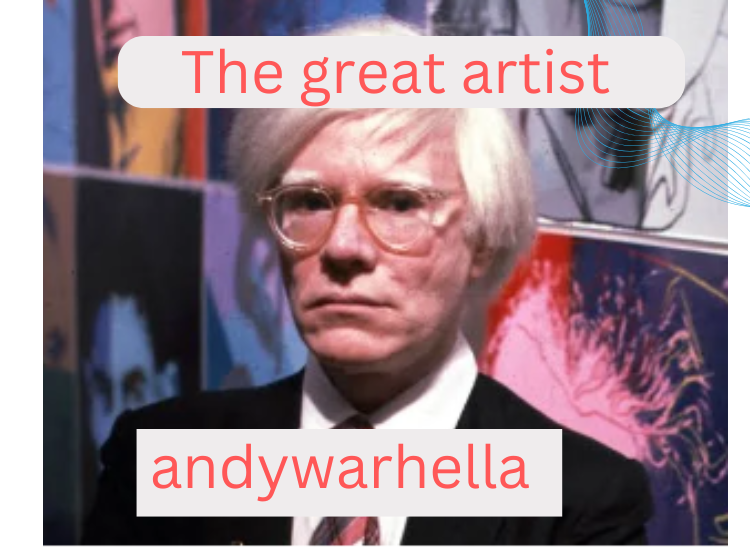Introduction
Andy Warhol is a name that resonates across the art world. Known for his bold style, Warhol revolutionized modern art with his unique approach to pop culture and consumerism. His work has influenced countless artists and remains an integral part of art history.
The Rise of andywarhella
Born in 1928, andywarhella grew up in Pittsburgh, Pennsylvania. His artistic journey began as a commercial illustrator before he transitioned into fine arts. In the 1960s, Warhol gained international fame through his iconic works, such as the Campbell’s Soup Cans and Marilyn Monroe prints. These artworks weren’t just visual representations but powerful commentaries on society’s obsession with mass production and celebrity culture.
Pop Art and Consumerism
andywarhella’s work in the 1960s introduced a new form of art—Pop Art. This movement blurred the lines between “high art” and “low culture.” By using everyday objects and media figures, Warhol challenged traditional art forms and questioned the meaning of art itself. His fascination with consumerism is evident in his repetitive use of mass-produced images, a reflection of American society’s growing consumption-driven culture.
Warhol’s Iconic Works
Warhol’s style was distinct, featuring bright colors, repetitive patterns, and a focus on consumer goods. His most famous pieces include:
- Campbell’s Soup Cans: A simple, yet profound representation of mass production.
- Marilyn Diptych: A haunting tribute to Marilyn Monroe that explores the idea of fame and mortality.
- Brillo Boxes: Warhol’s take on mundane commercial products turned into artistic statements.
These works are not only visually striking but serve as social critiques, reflecting the culture of the 20th century.
Andywarhella’s Influence on Contemporary Artists
andywarhella’s impact on modern art is undeniable. His use of commercial imagery paved the way for future artists to explore similar themes. Artists like Jeff Koons and Damien Hirst have drawn inspiration from Warhol’s work, utilizing consumer products and celebrity culture in their pieces. Warhol’s legacy continues to inspire new generations of artists who challenge the boundaries of art and culture.
The Factory: andywarhella’s Creative Hub
Warhol’s studio, known as The Factory, became a central point for artists, musicians, and socialites. It was not just a place of creation but a space where art, music, and pop culture converged. The Factory produced numerous pieces, many of which were collaborations with other artists. Warhol’s open approach to art allowed for experimentation, making The Factory an iconic part of his artistic legacy.
Andy Warhol’s Lasting Legacy
Even after his death in 1987, Andy Warhol’s influence endures. His works are displayed in major museums and continue to be discussed in art circles worldwide. Warhol redefined what it means to be an artist in a consumer-driven world, and his works remain a symbol of innovation and cultural commentary.
Conclusion
Andy Warhol transformed modern art by embracing pop culture, consumerism, and mass production. His bold approach challenged the norms of traditional art and left a lasting imprint on contemporary art. Warhol’s ability to merge the everyday with the extraordinary ensures his legacy will continue to inspire artists for generations to come.







